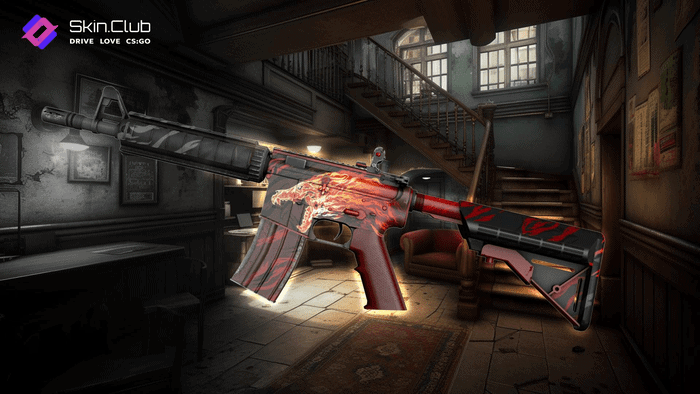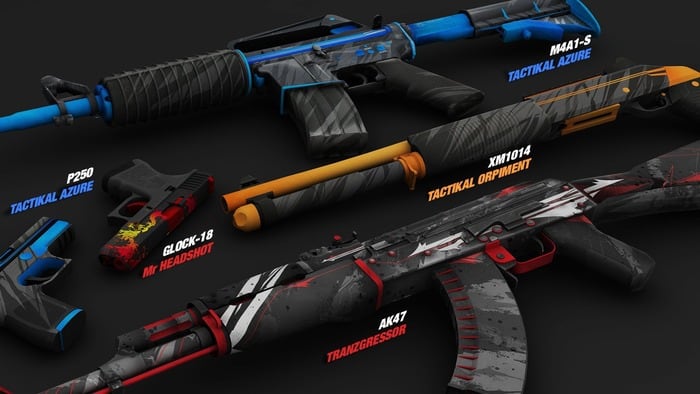Throughout the years, the gaming industry has witnessed the rise and fall of various trends. One of the most enduring phenomena is the allure of in-game skins. Skins have become an essential part of gaming culture, and their history is as rich and diverse as the games they’ve adorned. This article delves into the vibrant world of skins history, unraveling its development and growth, from the early days of gaming to the present day.
The Genesis of Skins: Where It All Began
The concept of skins first took root in the late 1990s with the advent of 3D gaming. As games began to feature more detailed graphics, developers found ways to make in-game characters and items unique. One such technique was to change the appearance of these virtual entities, giving birth to the idea of skins. The first notable example of a game offering skins was Quake, a popular first-person shooter released in 1996. Players could customize their characters by swapping out various textures and colors, paving the way for more intricate designs in the future.

The Golden Age of Skins: Valve’s Contribution
Valve Corporation, a prominent gaming company, played a significant role in the skins history. Their popular game Counter-Strike, released in 1999, was a turning point for the concept of in-game skins. Valve introduced weapon skins in 2012 through the Arms Deal Update for Counter-Strike: Global Offensive (CS:GO), transforming the way players interacted with their in-game items. The introduction of skins added a new layer of customization, where players could personalize their weapons with unique designs and colors.
The skins in CS:GO could be acquired through in-game drops, trading with other players, or by opening weapon cases. These cases, bought with real money, contained a random skin, sparking the rise of the virtual items economy. The immense popularity of weapon skins in CS:GO prompted other game developers to integrate similar systems into their games, marking a new era in the skins’ history.
The MOBA Revolution and the Rise of Skins
The Multiplayer Online Battle Arena (MOBA) genre, with games like League of Legends (2009) and Dota 2 (2013), further cemented the importance of skins in gaming culture. These games introduced character skins that allowed players to personalize their favorite heroes with unique appearances. By offering a plethora of skins, MOBA games tapped into players’ desire to express their individuality and stand out from the crowd. As a result, the market for in-game cosmetics exploded, with players spending millions of dollars on skins and other virtual items.
Fortnite and the Battle Royale Skins Phenomenon
The meteoric rise of the battle royale genre, spearheaded by games like Fortnite (2017), pushed the popularity of skins to new heights. Epic Games, the developer of Fortnite, made skins a central part of their business model, offering a wide variety of character and weapon skins, gliders, and emotes. The game’s free-to-play approach, coupled with a constant stream of new skins and cosmetics, encouraged players to invest in their in-game avatars, fueling the growth of the virtual items market.

The Future of Skins: NFTs and Beyond
As the skin’s history continues to unfold, new technologies such as non-fungible tokens (NFTs) are poised to revolutionize the world of in-game cosmetics. NFTs provide a way to create unique, tradable digital assets that could potentially be used across multiple games and platforms. This could lead to the creation of an interconnected gaming ecosystem where players can showcase their skins and other virtual items, further expanding the significance of skins in the gaming landscape.
In conclusion, the history of the skin has been a fascinating journey, witnessing the evolution of in-game cosmetics from humble beginnings to the thriving virtual economy we see today. As technology and gaming continue to advance, skins will undoubtedly remain an integral part of the gaming experience, offering players endless opportunities for personal expression and customization. With the integration of new technologies like NFTs, the future of skins promises to be even more exciting and diverse, pushing the boundaries of what it means to be a gamer in the digital age.